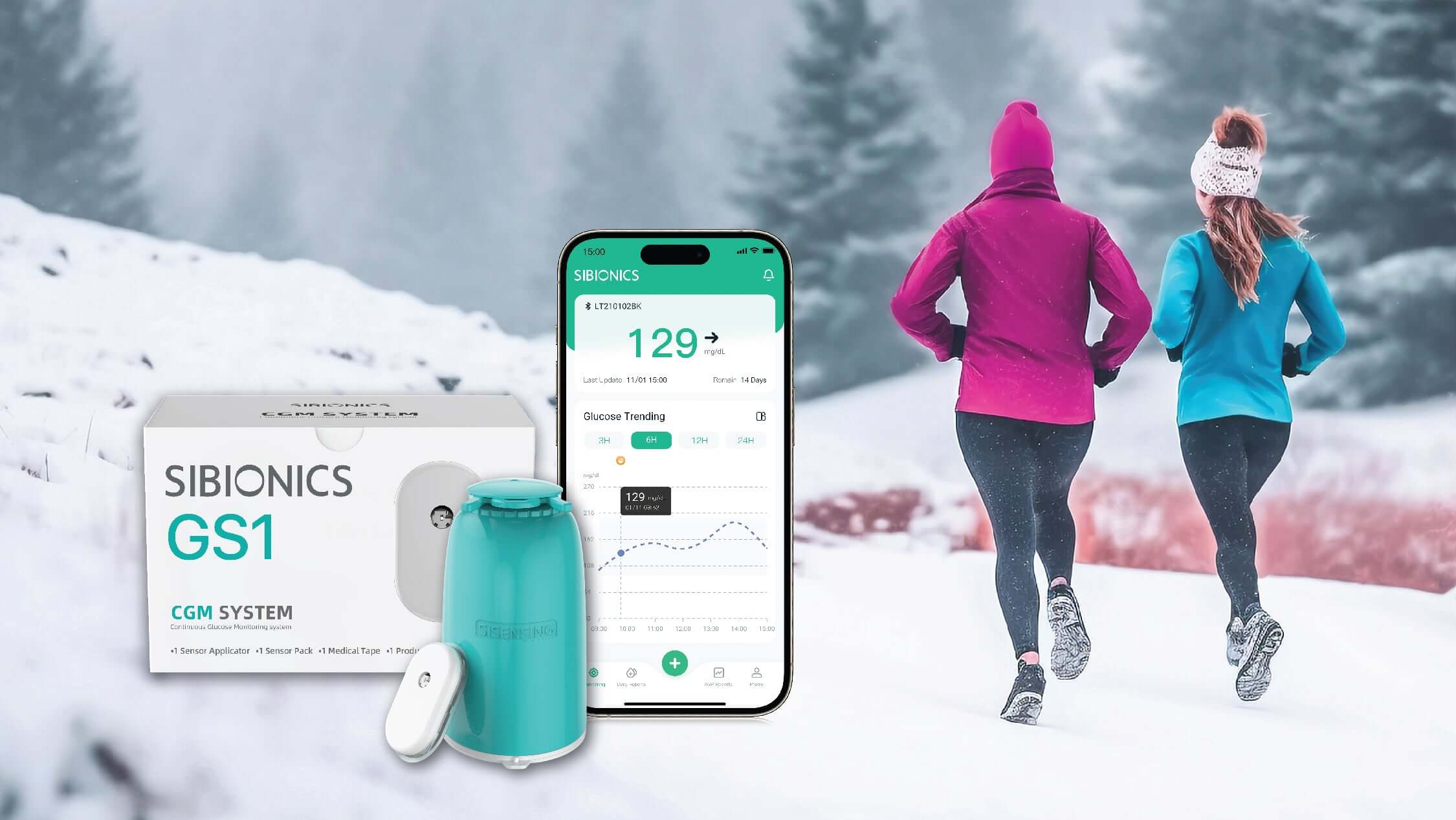We’ve all heard the term “prediabetes” before, but what exactly does it mean to operate within this metabolic gray area? An estimated 88 million American adults currently have prediabetes, according to the Centers for Disease Control and Prevention. Yet many are unaware they are positioned at high risk for developing type 2 diabetes due to elevated glucose levels.
Understanding Prediabetes Basics
Prediabetes refers to a condition where glucose or A1C levels are higher than normal, but not high enough to be classified as diabetes. The disorder develops gradually over many years, often without obvious symptoms, as insulin resistance and pancreatic beta cell dysfunction worsen over time. Two common indicators used to diagnose prediabetes include:
- Hemoglobin A1C: 5.7-6.4%
- Fasting glucose: 100-125 mg/dL
Those falling into this range have impaired glucose tolerance or insulin sensitivity. Without intervention, about half of prediabetics will progress to full-blown diabetes within a decade. Some good news? Lifestyle changes have been demonstrated to prevent or delay up to 58% of cases by addressing root causes.
Underlying Risks in the Shadows
While glucose are not high enough to warrant a diabetes diagnosis, individuals with prediabetes are already experiencing damage at the cellular level. Chronic elevated glucose promotes glycation reactions that damage proteins and cells. Over the years, this leads to stiffness in blood vessels and organs alongside worsened insulin resistance in a vicious cycle. Prediabetes is also associated with a doubled risk of cardiovascular disease.
Other concerning health risks linked to the prediabetic state include non-alcoholic fatty liver disease, hypertension, nerve damage and eye complications such as diabetic retinopathy. Silently progressing glucose issues take a serious toll on whole-body wellness that often goes unnoticed until critical thresholds are crossed. With so much at stake, addressing prediabetes proactively is of utmost importance.
Leveraging Lifestyle Therapeutics
Encouragingly, significant research validates the ability of lifestyle interventions to prevent—and even reverse—the prediabetic condition in high-risk individuals. A modest weight loss of just 5-7% of body weight through prediabetes diet and exercise modifications has been shown to slashed diabetes risk by 58% over 3 years in one landmark study.
Some of the most impactful strategies include:
- Reducing overall and refined carbohydrate intake to stabilize glucose levels.
- Incorporating regular physical activity like brisk walking 150 minutes weekly.
- Achieving a small calorie deficit through mindful eating and meal planning.
- Managing stress through relaxation techniques like yoga and breathing exercises.
- Supporting metabolic health through proper omega-3, vitamin D, magnesium and chromium nutrition.
- Monitoring progress through continuous glucose monitoring and insulin sensitivity tests.
The SIBIONICS GS1 Continuous Glucose Monitoring (CGM) System provides convenient 24/7 glucose monitoring through a small, discreet sensor worn on the back of the upper arm. With its 14-day wear time and waterproof design, it allows continuous tracking of glucose levels without the need for finger pricks or scanning. Data is automatically transmitted every 5 minutes to its integrated SIBIONICS app interface. This real-time visibility into trends empowers prediabetics to optimize nutrition, activity and lifestyle changes.
Conclusion
In summary, understanding and addressing prediabetes require a proactive approach to health. With millions unknowingly at risk, knowledge becomes our greatest weapon. Recognizing the subtle dangers and embracing lifestyle changes are crucial steps. From mindful eating to regular exercise, each choice matters. The emergence of SIBIONICS GS1 CGM provides a powerful tool for real-time monitoring. For those at the crossroads, the path forward has never been clearer.
FAQs:
Q: What is prediabetes?
A: Prediabetes is a health condition marked by elevated glucose levels that are higher than normal but not yet at the threshold for a diabetes diagnosis. It serves as a warning, signaling an increased risk of developing type 2 diabetes.
Q: What is the range for prediabetes?
A: The two main indicators doctors use to diagnose prediabetes are:
Hemoglobin A1C - A test result from 5.7-6.4% indicates prediabetes.
Fasting glucose - A level between 100-125 mg/dL upon waking signals prediabetes.
Q: What are the main symptoms of prediabetes?
A: Prediabetes often presents without clear symptoms. While some individuals may experience subtle signs such as increased thirst, frequent urination, or unexplained fatigue, these symptoms are not always present. Therefore, relying on routine screenings is crucial to identify prediabetes and initiate timely interventions for better health outcomes.
Q: Can prediabetes be reversed?
A: Yes, research has found that losing as little as 5-7% of body weight through dietary modifications and regular physical activity can help prevent or delay the onset of type 2 diabetes in many prediabetic individuals. Studies show lifestyle intervention programs can reduce the risk of diabetes by 50-58% over 3-10 years for those at prediabetes stage. It is possible to reverse prediabetes through targeted lifestyle changes.
Q: What foods to avoid if you are prediabetic?
A: For better glucose and insulin control, it's best to limit foods with added sugars like sweets, sugary drinks, white breads, most breakfast cereals and packets of processed foods high in unhealthy refined carbs. Instead, focus on whole, minimally processed complex carbs from legumes, 100% whole grains, nuts and low-sugar fruits in moderation.
Q: How do you stop borderline diabetes?
A: The following lifestyle modifications can help resolve prediabetes: restricting calorie and carb intake especially from refined sources; performing moderate-intensity exercise regularly, such as 150 minutes of walking or yoga per week; managing stress; sleeping well; consuming sufficient fiber and healthy fats; limiting alcohol and consider continuous glucose monitor for real-time insights.








